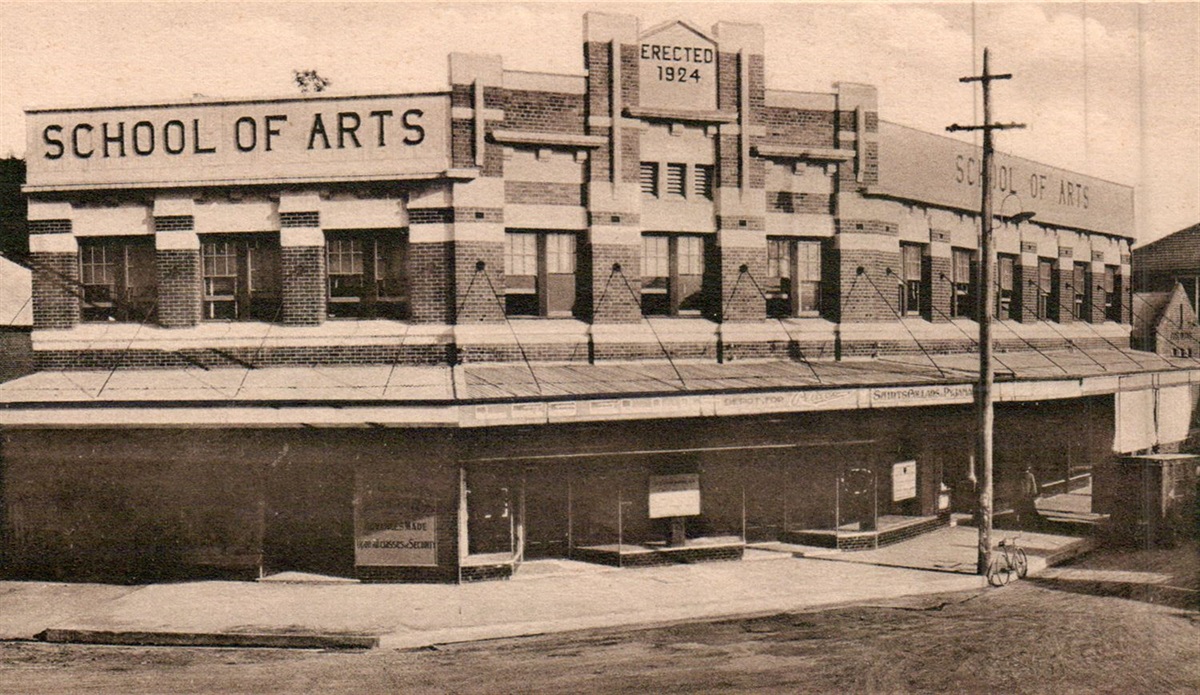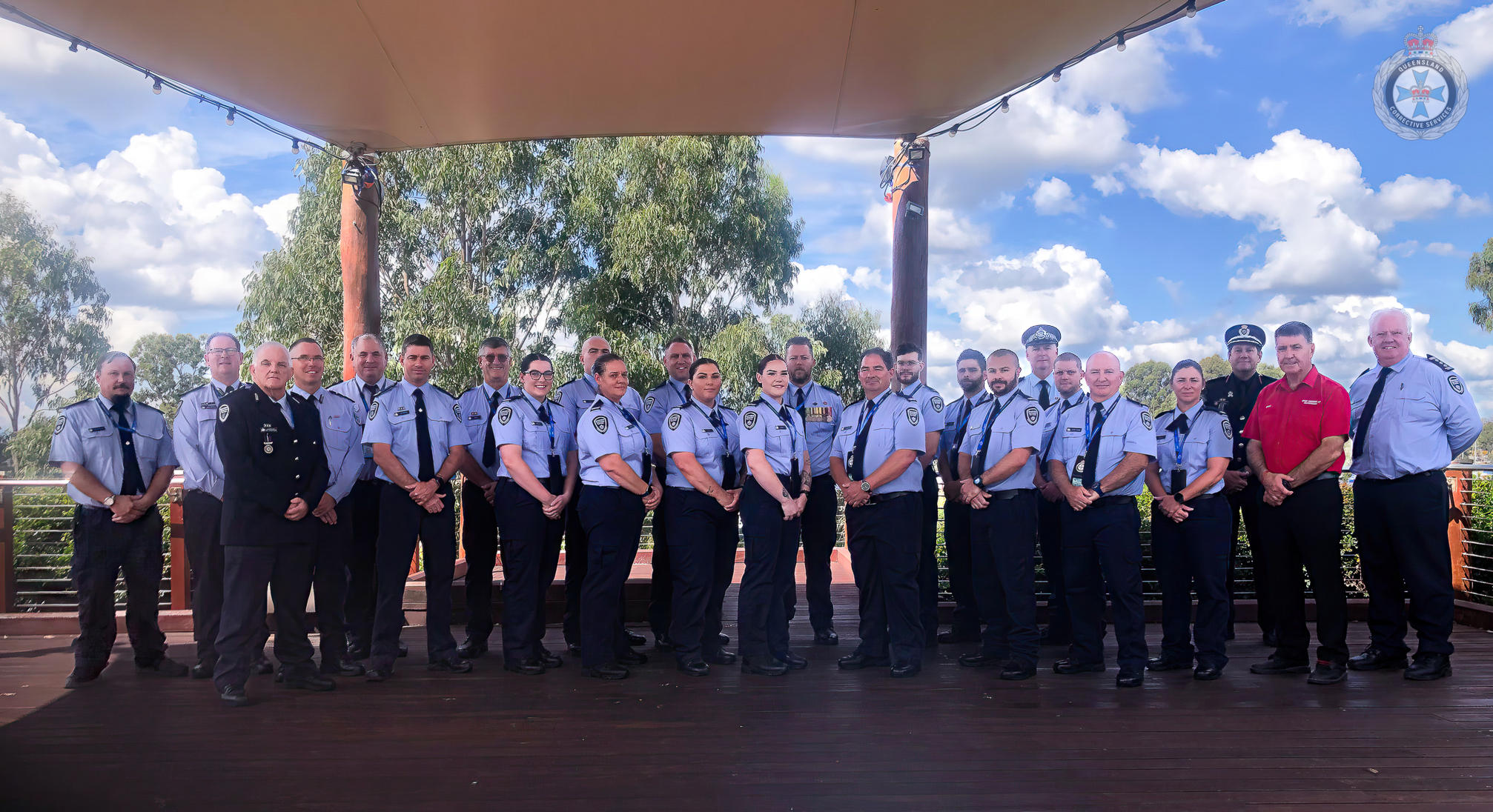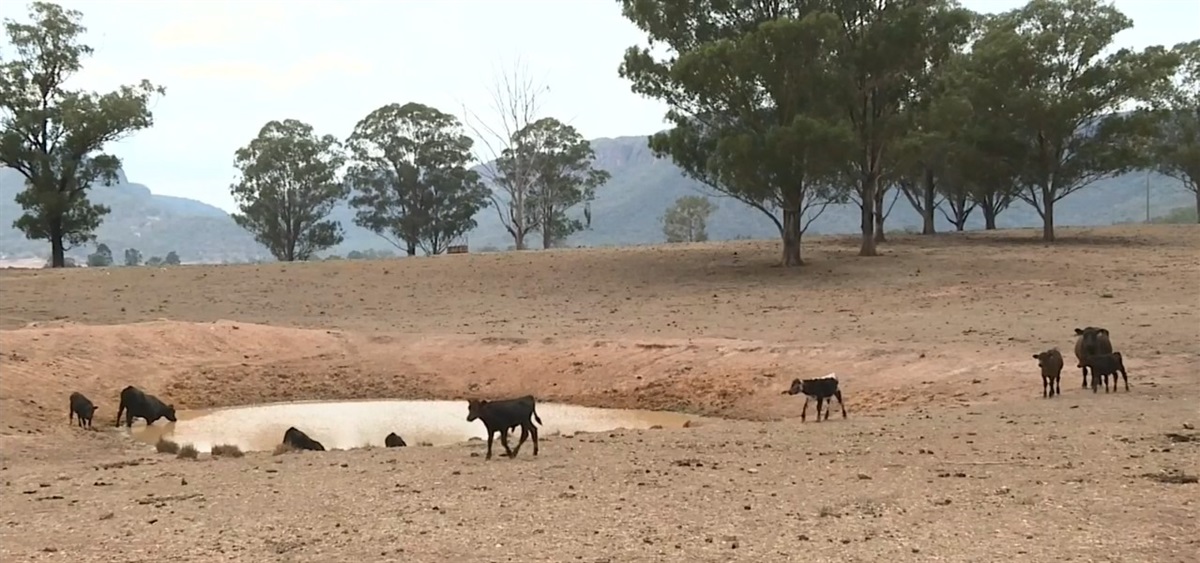Edinburgh scientists are taking part in the most detailed survey of the Universe ever undertaken.
The aim of the five-year programme is to shed light on Dark Energy – the mysterious force thought to be pushing galaxies apart and causing the Universe to expand at an accelerating rate.
The new telescope instrument effectively contains 5,000 mini-robots, each capable of measuring the light of far-away galaxies in 20 minutes.
DESI
The Dark Energy Spectroscopic Instrument (DESI) has been designed and built by an international collaboration of scientists. It is taking part in its first fully functioning experiment, from its position atop the Mayall Telescope in Arizona.
The instrument’s near complete range of components is designed to point automatically at preselected galaxies, gather their light and then split it into various bands of colour. This will precisely map their distance from Earth and gauge how quickly the galaxies are moving away from us.
When formal observations begin in 2020, DESI will peer deeply into the Universe’s infancy and early development – up to 11 billion years ago – to create the most detailed 3-D map of the Universe ever produced.
Over its five year run, DESI will repeatedly map the distance to 35 million galaxies and 2.4 million star-like quasars. The mapping of the galaxies will teach scientists more about Dark Energy and quasars, which are among the brightest objects in the sky, will allow DESI to look deeply into the Universe’s past.
Overall, it will provide precise measurements of the Universe’s expansion rate and tell scientists exactly how this rate has varied over time. This could bring them closer to figuring out the mechanism for the acceleration of the expansion.
Key component
One of DESI’s crucial components is its array of 5,000 robotic fibre-optic eyes that swivel in a choreographed dance, each focusing on a distant galaxy. In perfect sky conditions they will enable the instrument to measure the light of 5,000 galaxies in around 20 minutes.
Global alliance
An international team of more than 500 researchers and 75 institutions including Edinburgh’s Institute for Astronomy have collaborated on the project for more than a decade.
Edinburgh’s expertise stems from the Institute’s work on the influential Two-degree Field Galaxy Redshift Survey (2dFGRS) for which the School of Physics & Astronomy’s Professor John Peacock was jointly awarded the prestigious Shaw Prize for Astronomy in 2014.
DESI will define a new state of the art for studying the large-scale structure of the Universe. This has always been a scientific area in which the UK has been strong, and we’re very happy to be part of this wonderful project.








